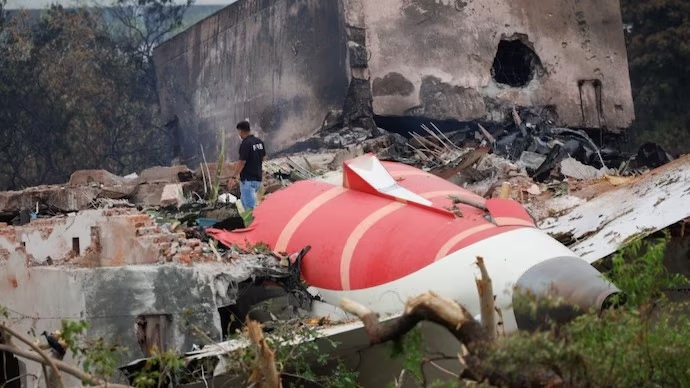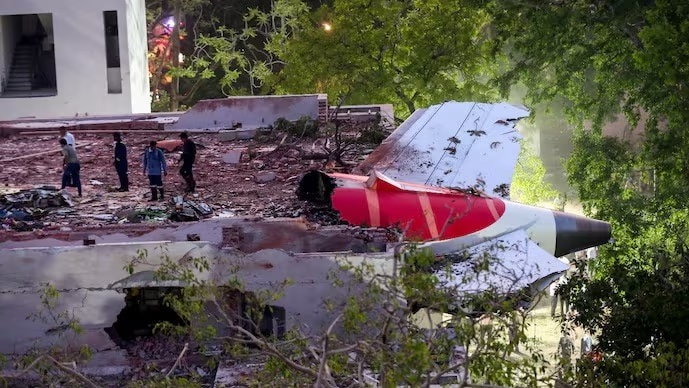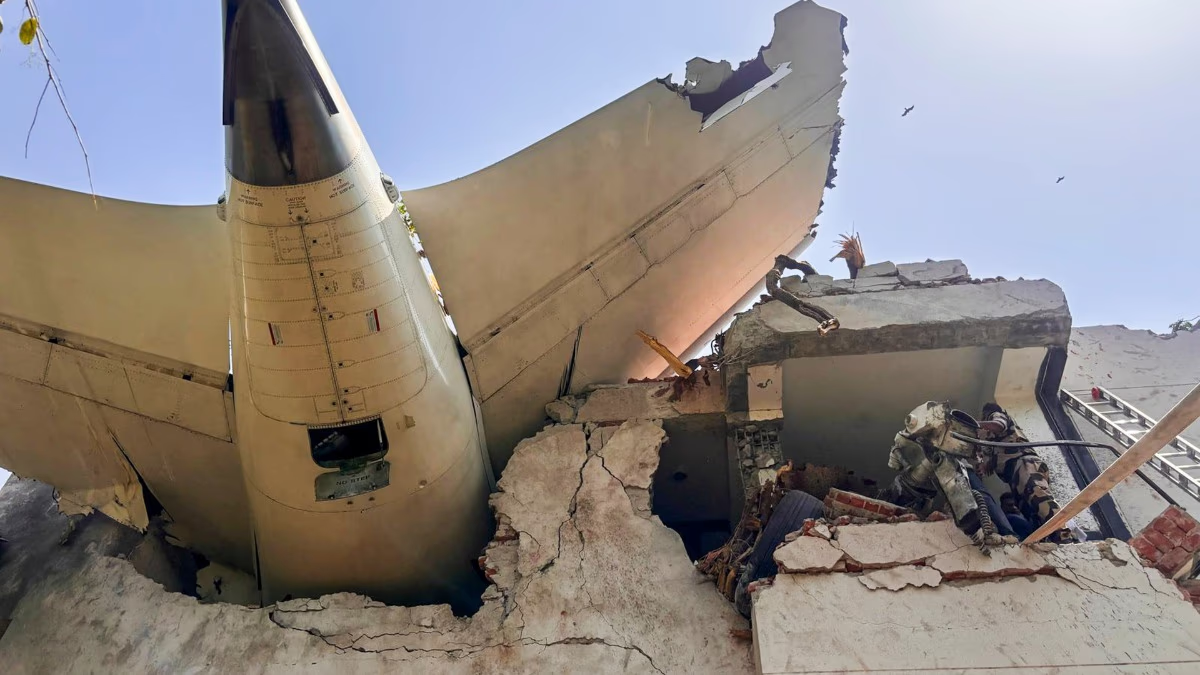The shocking revelations from the 15-page report by the Aircraft Accident Investigation Bureau (AAIB) on the Air India flight disaster leave many speechless. This report meticulously details every second of the final 98 seconds of flight AI171, which tragically crashed shortly after departing from Ahmedabad for London, resulting in the loss of 241 lives with only one survivor.
Flight AI171 was cleared for takeoff at 1:37 PM and ascended to the skies. This Boeing 787-8 Dreamliner remained airborne for only 32 seconds before succumbing to disaster. By 1:38 PM, the engine speed during the takeoff roll reached 284 km/h, and within the next two seconds, the plane achieved a rotation speed of 287 km/h. Four seconds later, it lifted off into the air.
Read More:

Source: aajtak
RAT Deployment Ineffective at Low Altitude
The report offers a second-by-second account of the flight's takeoff, noting that the speed reached 334 km/h as it ascended. Instantly, the engines shut down, leading to a thrust loss, prompting the deployment of the Ram Air Turbine (RAT).
RAT is used when engine failure or loss of hydraulic function occurs. Aviation experts explain that RAT works best at higher altitudes due to greater airflow.
From the time it reached Ahmedabad from Delhi to its ill-fated takeoff to London:

Source: aajtak
The Tragic Crash Followed the MAYDAY Call
According to the report, resetting Engine 1's fuel cutoff switch to RUN after five seconds showed signs of recovery. Two seconds later, the APU inlet door started opening due to auto-start logic. Engine 2 then attempted stabilization.
Read More:
The report states that Engine 1's core speed decline halted, allowing possible recovery. However, Engine 2 failed to stabilize and fully recover.
The MAYDAY call was made at 1:39 PM (08:09:05 UTC). Six seconds later, by 08:09:11 UTC, the EAFR stopped recording as the plane had tragically crashed outside the airport's perimeter. The air traffic controller requested a response to the MAYDAY call, but there was none, as the plane had already crashed.




